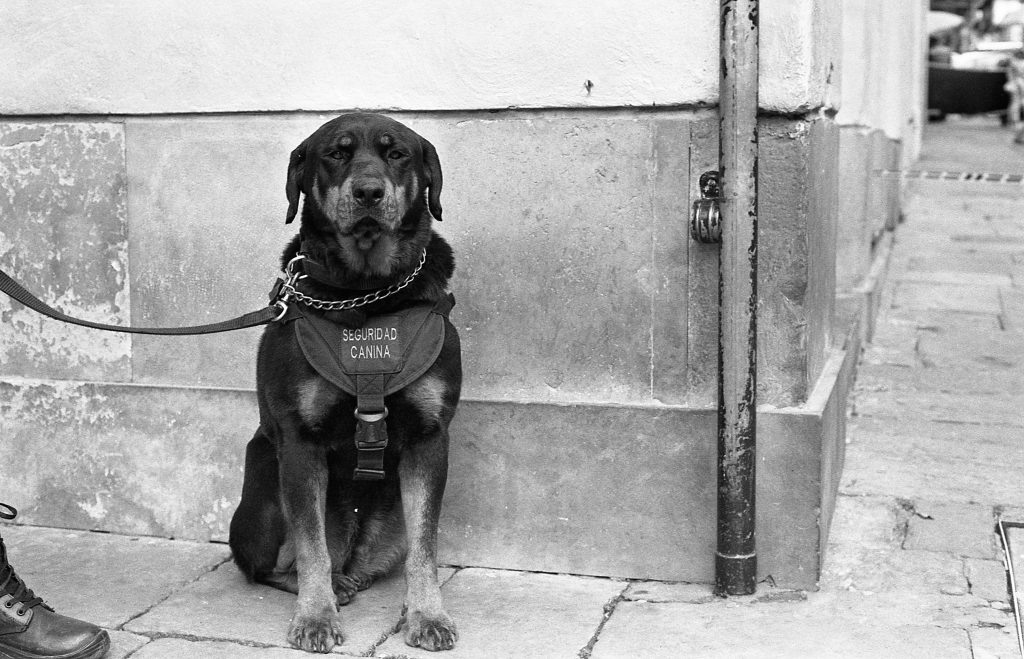Bully breeds are often criticized for their aggressive, stubborn, and sometimes aggressive personality traits. One of the many things that make these breeds unique is their appearance. What makes a bully different from other breeds?
What Makes Bully Breeds Unique?
There are many dogs worldwide, but only one type has been labeled as a bully breed. These breeds were originally bred to protect their owners and herd livestock, but they have since become notorious for their aggressive behavior.
Bully breeds are unique because of the way that they are built. They are usually taller and heavier than other dog breeds, and their shoulders and hips are broader than usual. This combination gives them the strength and power to attack other animals or people and makes them very resistant to being bullied.
Some believe that bully breeds are more likely to be involved in violent crimes than other types of dogs, but this is not always the case. Most bully breeds are happy living in a family environment and getting along with other pets.
Overall, bully breeds are unique dogs that deserve to be recognized for their exceptional qualities. They make great pets if you can handle their aggression, but be warned: these dogs aren’t for everyone!
How Bully Breeds Differ From Other Breeds
There is no one answer to this question, as bully breeds are unique in many ways. However, some main differences between bullies and other dog breeds include physical traits, behavior, and trainability.
The most common physical traits that set bully breeds apart from other dog breeds are their size and build. Bully breeds tend to be much larger than most other dog breeds and have a more muscular build. This is because bully breeds were initially bred to fight other animals – built to be solid and aggressive.
Another difference between bully breeds and other dog breeds is their behavior. Most other dog breeds are typically friendly and eager to get along with people and other animals.
But some bully breeds can be very aggressive toward people or other animals, especially if they feel threatened or territorially challenged. This is because bully breeds were initially bred to be fierce protectors – they were built to be fearless and unafraid of danger.
Finally, most other dog breeds are relatively easy to train. But some bully breeds may be more challenging to train than others due to their aggressive nature or size.
Health Issues That Bully Breeds Face
Bullies face many health issues that are unique to their breed. Some of the health issues that bullies face include:
1) Bullies are at an increased risk for developing mental health conditions, such as anxiety and depression.
2) Bullies are more likely to have medical problems, such as chronic pain and heart disease.
3) Bullies are more likely to experience allergies and asthma.
4) Bullies are more likely to develop bone problems like brittle bones and osteoporosis.
5) Bullies are more likely to experience reproductive issues, including infertility and miscarriages.
Behavior and Temperament of Bully Breed Dogs
There is no one answer to the question of what makes a bully breed unique. However, some key features that may cause these dogs to stand out include their strong temperament, protective nature, and ability to read and react to people and situations.
Bully breeds were considered working dogs, specifically for guarding livestock or retrieving games. They have a reputation for being aggressive and sometimes unmanageable, but this is often due to their natural tendency to be Protective and Dominant towards people and other animals they are familiar with.
It is important to remember that bully breeds are not inherently wrong; they just have a unique personality that can be difficult to deal with at times. As with any dog, it is essential to provide them with plenty of exercise and training to channel their natural tendencies into positive uses.
Conclusion
Bull breeds have a lot of Characteristics that make them Unique. This article will discuss some of the most common ones and why they are so crucial in Bull Breeds. We hope you have enjoyed reading and that the information provided here has helped you better understand these animals!

